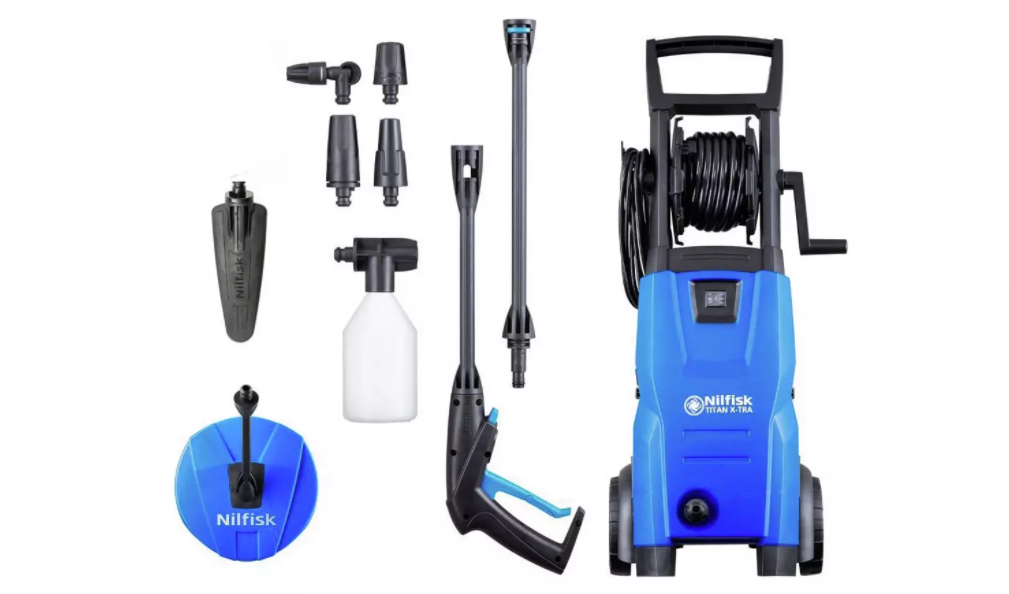I have always been interested in money and investing but not always good at it.
I opened my first brokerage account in high school and like many young investors had dreams of becoming the next Warren Buffett. I bought a few hundred dollars worth of stock and waited for my money to double overnight.
Of course, it didn’t, and throughout college I got increasingly frustrated with my lack of stock picking success. Luckily, it didn’t take long for me to discover the concept of index investing, thanks to some close friends who introduced me to the topic. Instead of trying to pick a few winners, I could just buy the entire market. It was a step in the right direction.
Upon graduating from college, I decided to double down on my personal finance education, a topic that got next to no attention in high school or college. I read personal finance and investing books like “The Little Book of Common Sense of Investing,” by John C. Bogle, “I Will Teach You to Be Rich” by Ramit Sethi, and “A Random Walk Down Wall Street,” by Burton Malkiel, which taught me a lot about investing and personal finance. Most notably, it reinforced with me that anyone can be a successful investor.
I became so interested in personal finance that I started my own website in January of 2019 to help others learn as well called Just Start Investing.
Through my research and a few years of experience, I came up with a plan that is working for me to budget, invest, and build wealth, with the ultimate goal of becoming financially independent as early as my 40s.
Here are five strategies that have helped me, that I think everyone, especially recent grads, can use to set themselves up for a solid financial future.
Build an emergency fund
One of the first steps in building wealth is setting up a safety net. An emergency fund is any money you set aside to cover a short-term loss of income or unexpected expenses, which could include things like a surprise medical bill or car repair.
Having an emergency fund of 3 to 6 months’ worth of expenses saved, which is what I target, ensures you can cover these costs stress free. It took me a few months to save this amount of money, but by paying yourself first you can prioritize saving in order to build this fund up.
While the exact amount you keep in an emergency fund should work best for you, 3 to 6 months is enough to help me sleep at night, and also low enough that it keeps the opportunity cost of not investing that money low.
Plus, having an emergency fund helps me avoid going into debt. Instead of maxing out a credit card or taking out a personal loan to cover unexpected expenses, I can cover them from my emergency fund.
Maintain a high credit score
One financial metric to always keep an eye on is your credit score. It is an important measurement for a number of reasons, but the most important one is that it dictates the interest rates you can get when you take on debt, like a mortgage.
For example, according to myFICO, right now a score above 760 would garner an interest rate of about 2.4% on a 30-year mortgage. Comparatively, a score between 660-679 would get you an interest rate of just under 3%. That is a huge difference.
On a $300,000 house where you put 20% down and get a 30 year mortgage, the difference in monthly payments would be $79 ($932 a month for the lower interest rate vs $1,011 a month for the higher interest rate). That $79 a month adds up to $28,440 over the life of the 30 year mortgage.
A higher credit score can give you access to cash back and premium credit cards as well. Just another reason I’m working to maintain a great credit score by always making my payments on time and staying out of debt as best I can by only making purchases I know that I can afford.
Max out retirement accounts
One of the best things you can do when it comes to investing for retirement is to max out your retirement accounts.
My two favorite accounts are a Roth IRA and 401(k), because contributing to them is essentially setting aside free money for my future. Every year I max out my Roth IRA ($6,000 in 2020) and max out my employer match on a 401(k).
I also contribute to what I believe is arguably the best retirement account: a health savings account (HSA).
Technically, an HSA is not a retirement account, but it does act like one. You can contribute money pre-tax to pay for medical expenses. Though, you can also typically invest the money once you reach a certain threshold in the account, and any gains on that money are not taxed as long as you use the money for medical expenses.
Even if you don’t use the money for medical expenses, you are allowed to use the money however you want if you wait until retirement age, you’ll just be taxed on it, similar to a 401(k).
Keep investing costs low
When investing in high school and college, I learned that picking stocks is hard, and how important it is to keep your costs low.
As I graduated from stock picking to index investing, I paid close attention to expense ratios, which is the annual fee that you pay on assets like stocks and bonds. I looked for index funds and ETFs that had expense ratios below 0.20% and many times found ones as low as 0.02%.
While these numbers may look small, even a 0.10% difference in an expense ratio over a 40 year investing career can ultimately cost you. On a $100,000 investment, for example, a 0.10% higher expense ratio will result in $50,000 less at the end of 40 years.
Embrace a pay-yourself-first mindset
Paying yourself first means that you prioritize saving and investing, just like you would prioritize your housing expense or weekly grocery trip. By saving and investing first, you make sure to set yourself up for future success.
And while this mindset took a few years for me to develop, I’ve found that it’s one of the best personal finance approaches to take. Over time I realized that saving was as important as any other expense to me, and that I needed to prioritize it.
Plus, it helps ensure you only buy things you value and avoid lifestyle creep, especially in the event you get a pay increase. When you put paying yourself as the top line item of your budget, you’re less likely to run the risk of being left with less than what you want in the short and long term.











